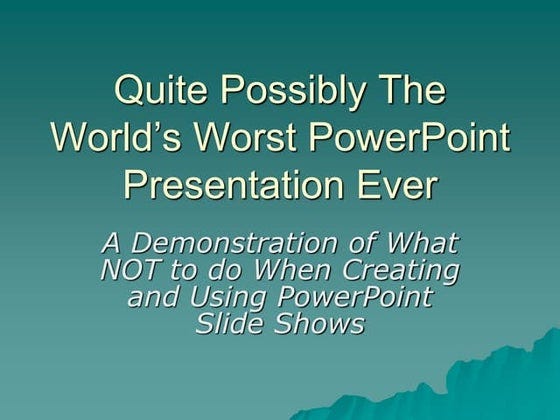Stop Doing Strategy Backwards
Frameworks are not analysis, decks are not narratives, and box filling isn't your job.
The majority of people teaching strategy, in my experience, do their students a small disservice. Not out of any kind of maliciousness, but because they end up teaching strategy as it’s presented, not as it’s developed.
This matters, because you aren’t going to get good, really good, at this until you stop doing it backwards.
For example, a framework isn’t really a tool for thinking. It’s a tool for expressing or categorizing thinking you’ve already done. When your strategy education is about the application of frameworks, you don’t end up learning how to quickly develop a deep and broad understanding of something, and then how to distill it into a story that lets you bring others along on the journey to your conclusion in an quick and convincing manner.
What you end up learning is box filling - literally redefining your job as “I fill in this form”, which is the root of crappy briefs, boring presentations, and strategies you can’t actually defend when challenged.
Where it gets worse, is that people don’t even realize the frameworks they’ve been taught are limiting their thinking. I am extremely confident that not every project benefits from a RACI, that a SWOT has a tendency to unconsciously elevate minor opportunities to the level of massive threats in the minds of decision makers, and that doing a 4Cs audit in no way guarantees that there are actually consequential findings about all 4 of the Cs (or 5, if you’re edgy).
And yet every time I see someone teaching strategy, the frameworks are the crux of the sales pitch. This is the equivalent of buying a $6000 DSLR but not learning anything about photographic composition.
And to be clear, frameworks are GREAT as an organizational tool and a storytelling aide. You learn about something, realize it fits a framework you know, and then you pour your partially solidified thinking into that vessel. If you start with the framework you’ve already closed a lot of doors, intellectually.
There’s a bigger example of doing strategy backwards, though. And I’m willing to bet you’re doing it.
Keynote (or google slides, or powerpoint) is not a tool for thinking or even organizing your thinking. It’s a tool for expressing thinking you’ve already done, for telling a story. But I would wager most people in our industry open their slide-making-app of choice when they’re not even sure what they’re planning to say.
Not only does this basically guarantee re-doing and deleting a lot of work, it also lets you fall into a trap of asking “is it well designed?” before you actually know if there’s a strategy there. If you can’t see all of it at once (legibly) there’s a decent chance you’re missing something in how it all hangs together. I’ve worked at places that address this by printing every slide and laying it out on a table or on a wall - this works, but inevitably the deck gets rewritten entirely 10 times because stories don’t work like lego.
I humbly suggest just writing an outline is a much better, simpler, faster solution to doing the thinking of the presentation, so you can focus on what slides are (arguably) good for: expressing the thinking you’ve already landed. An outline doesn’t have to be fancy; most of mine are a bulleted list in a notes app that I can fiddle with, add sub bullets to lay out proof points or rationale, and easily share with others. The important part is that editing or changing it is much, much lower stakes than doing so in a well designed deck.
A framework, or a deck, is not a replacement for doing the thinking. And it’s very seductive to try to position it as such, because thinking strategically about how to solve business or creative problems is, well, hard. But that’s why they pay us to do it.




